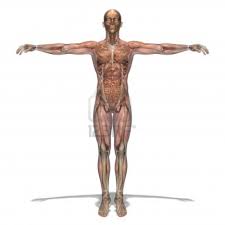
Diverticulitis is an inflammatory disease which affects the diverticula, or small pockets, in the wall of the large intestine (colon). When the diverticula bulge outward through weak spots in the large intestine, this is called diverticulosis. Diverticula pockets can form when pressure inside the large intestine increases, which is often due to constipation. The most likely cause of constipation is a low-fibre diet, which leads to increased pressure inside the colon. For most people with diverticulosis, eating a high fibre diet is the only form of treatment needed. Fibre intake can be increased by eating more fruits and vegetables, whole grain bread and cereals, and legumes.
Diverticulosis develops onto diverticulitis when the diverticula become inflamed or infected. The most common symptom suffered by people is abdominal pain, particularly tenderness around the left side of the lower abdomen. Symptoms such as mild cramping, bloating and constipation are often experienced. Rare, more serious complications can arise from diverticulosis including infection, bleeding, perforation and obstruction. These complications can be treated by the administration of antibiotics or by surgery if required.
Diverticulosis and diverticulitis are often collectively called diverticular disease and become increasingly common as people age. Over half of people aged over 60 have diverticulosis, compared to less than 10% in those under the age of 40. Diverticulosis develops into diverticulitis in about 20% of cases. There is no difference in the prevalence of diverticular disease among men and women.
Symptoms
Approximately 70% of patients with diverticulosis remain free of any major complaints and may suffer only minor abdominal pain and/or changes in bowel habit. Some people suffering from diverticular disease develop severe abdominal pain, bloating and flatulence, which is exacerbated by eating and relived by passing wind or a bowel movement. There may be tenderness in the lower left region of the abdomen. These symptoms are largely due to the pressure in the colon and tension on the colon wall. 15% to 25% of people suffering from diverticulosis will develop diverticulitis. Additional to those described above, these symptoms may include fever, nausea, vomiting and chills. The severity of these symptoms will depend on the severity of the infection. 5% to 15% of people will develop diverticular bleeding. Bleeding from the rectum or blood in the stool are serious symptoms. Of those who develop diverticulitis, 25% will develop complications including abscess, perforation, obstruction, or fistula formation.
Diagnosis
Medical history, including information about bowel habit, pain, diet and medication helps to diagnose diverticular disease. This is confirmed by physical examination, which involves as rectal exam to detect tenderness, blockage or stool lodged in the colon. Diagnostic tests of the stool and blood can determine if there are any signs of bleeding or infection. Additional tests include:
Abdominal x-ray – provides a picture of structures and organs in the abdomen, such as the large and small intestines.
Chest x-ray – images of the heart, lungs, airway, blood vessels and the bones of the spine and chest.
Compression ultrasonography – diagnostic imaging technique using sound to visualise muscles and internal organs, their size, structures and possible abnormalities and lesions.
Single contrast barium enema – an x-ray examination of the large intestine using a contrast dye to help visualise and diagnose diseases and other problems that affect the colon and rectum.
Computed tomography (CT) scans – aspecial radiographic technique that uses a computer to capture multiple x-ray images into a 2D image. Special dyes can be injected prior to the scan to help differentiate abnormal or diseased tissue.
Causes
While the cause of diverticulitis is not known, a diet low in fibre is considered the biggest contributing factor. Low dietary fibre decreases stool bulk and prolongs the time it takes to pass bowel movements. This increases the pressure in the colon, which may weaken the colon wall, leading to diverticula formation. Diverticulitis develops when the diverticula become infected or inflamed. The formation of diverticula can obstruct faecal material, causing stool to become lodged in the pockets. This promotes the production of mucus and stimulates bacterial growth, which leads to infection and inflammation.
Diverticular disease was first observed in the United States in the 1900’s; at the same time processed foods became readily available. Many processed foods contain refined flour which is low in fibre compared to unrefined whole-wheat flour. There is a geographical variation in the prevalence of diverticulosis. Diverticular disease is most common in developed countries such as the United States, England and Australia, where low fibre diets are common. This disease is rare in countries such as Asia and Africa because people eat diets higher in fruits and vegetables, which contain more fibre compared to processed foods. Diverticulosis is also less common among vegetarians. Fibre lowers the risk of diverticular disease by preventing constipation and making stools soft and easy to pass. Fibre also increases the bulk of the stool, which increases the size of the colon and reduces the internal pressure.
Complications
Diverticulitis can lead to bleeding, infections, perforations, fistula and obstruction.
Bleeding
Bleeding is a rare complication which arises from the rupture of small, weak blood vessels in the diverticula. Blood can be seen in the toilet or in the stool. Bleeding can stop spontaneously or require treatment such as surgery.
Infection
Infections that cause diverticulitis often resolve after several days of treatment with antibiotics. If the infection progresses, an abscess can form in the colon, which may cause swelling and destroy tissue. The abscess consists of a collection of pus that accumulates in the diverticula pocket. If the abscess remains small it can be treated with antibiotics. If it does not resolve, then it may need to be drained by percutaneous catheter drainage. This procedure involves the insertion of a needle through the skin, into the abscess, and the pus is drained through the catheter. Surgery may then be required to clean the abscess thoroughly or remove part of the bowel if necessary.
Perforation
Infected diverticula can develop perforations or small holes, which allow the pus to escape from the abscess into the abdominal cavity. The spread of infection can lead to peritonitis, which results in inflammation of the peritoneum (the membrane which lines the abdominal cavity and some of the internal organs). Peritonitis can be fatal, and requires immediate surgery. The procedure involves cleaning the abdominal cavity and removing the damaged portion of colon. Long term use of opioids (morphine-like drugs used for pain relief) increases the risk of diverticular perforation by increasing the pressure inside the colon. Use of these drugs remains the most consistently identified risk factor for diverticular perforation.
Fistula
Tissues damaged by diverticulitis-related infection can fuse, causing abnormal connection between organs that normally do not connect. The organs usually involved in fistulae are the bladder, small intestine and skin. Diverticulitis can cause fistula between the bladder and the large intestine, which can result in severe, prolonged infection of the urinary tract. Surgery to remove the fistula and the affected part of the colon can correct the problem.
Obstruction
Scarring caused by infection can lead to partial or complete blockages in the large intestine. When this occurs it becomes difficult to pass bowel movements easily, and discomfort may be felt when trying to pass a motion. Partial blockage is not life threatening, and surgery can be planned to correct the blockage. When the obstruction completely blocks the intestine, emergency surgery is performed immediately to remove the blocked segment of the intestine and restore bowel function.
Treatment
Treatment of diverticular disease depends on the severity and extent of disease. Physical exercise and dietary fibre are the best methods of preventing diverticular disease, and the progression of diverticulitiscan be prevented by increasing dietary fibre intake.
Diverticulosis
The symptoms of most cases can be relived by a high fibre diet and occasional mild pain medication. Fibre keeps the stool soft, lowering the pressure in the large intestine, and allowing the bowel movement to move through easily. Approximately 20 to 35 grams of fibre are recommended each day to maintain good bowel health. The table below lists some foods that can be added to the diet to increase fibre content.
Fruit1 Fibre (g)
Apple, whole 3.3
Pear, whole 5.1
Vegetables2
Broccoli, fresh 2.6
Carrot, fresh 2.3
Legumes2
Baked beans, canned 6.3
Kidney beans, fresh 5.7
Grains3
Brown rice, cooked 3.5
Cereal, bran flake 7.1
1 one medium sized piece of fruit
2 ½ cup cooked
3 1 cup
Diverticulitis
Mesalazine is an anti-inflammatory drug which acts locally on the bowel to treat the inflammation associated with diverticulitis. A side effect of the drug is that it can increase abdominal pain.
Diverticulitis is also treated with broad-spectrum oral antibiotics, which help to clear the infection and reduce inflammation. Bed rest and a liquid diet are often recommended to rest the colon and speed up recovery. Symptom improvement should be seen within two to three days. Severe diverticulitis is treated with intravenous antibiotics in hospital and should improve after two to four days of bowel rest and may require surgery. Surgery for severe or recurrent diverticulitis involves removing the affected part of the colon and joining it to the remaining sections. This procedure is called colon resection and aims to prevent complications and minimise reoccurrence of diverticulitis by removing the most problematic section of the colon.

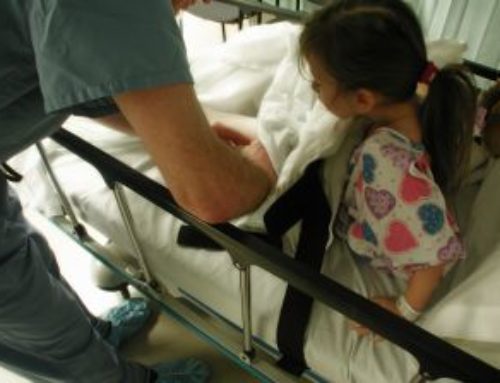

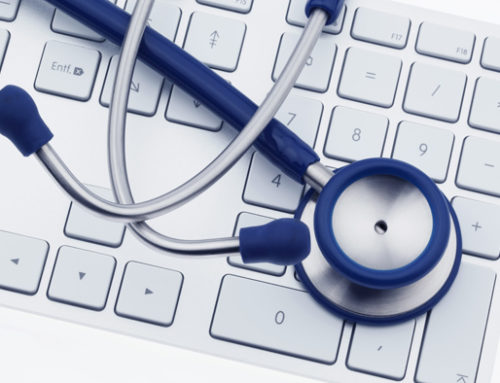
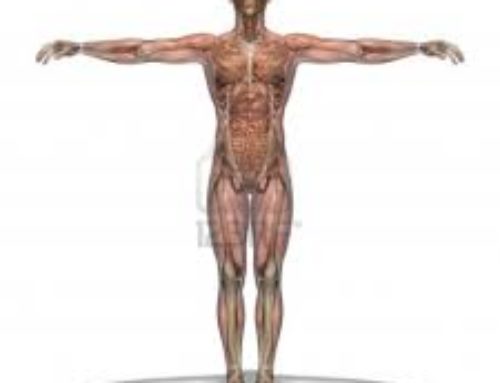
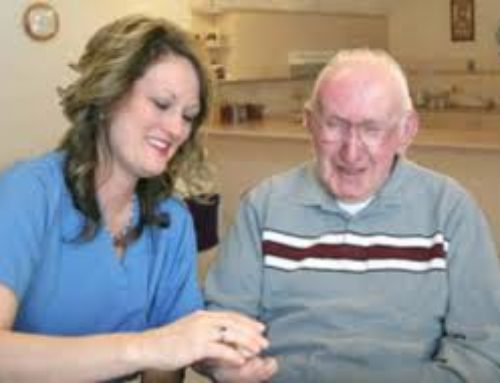
Leave A Comment